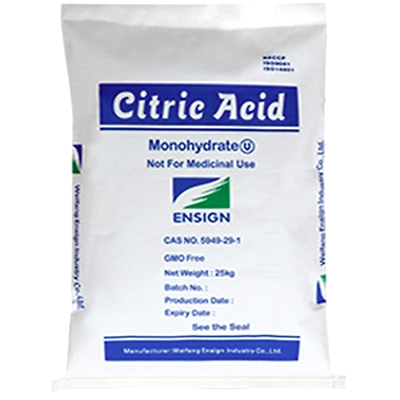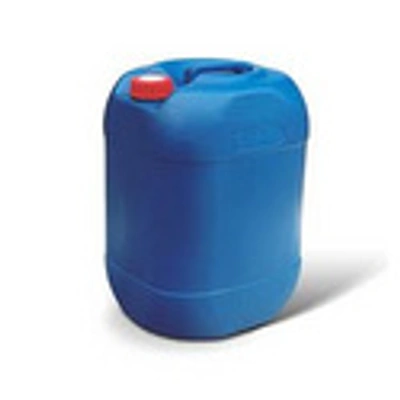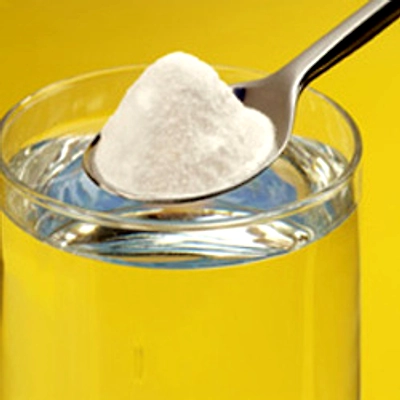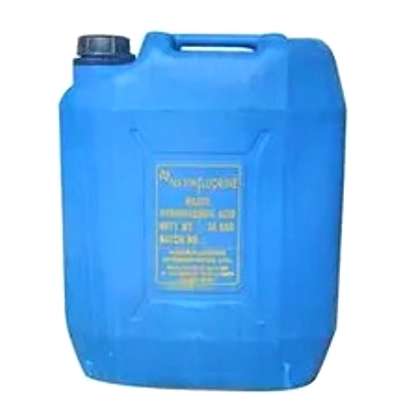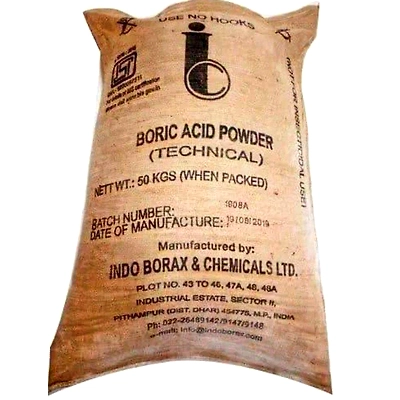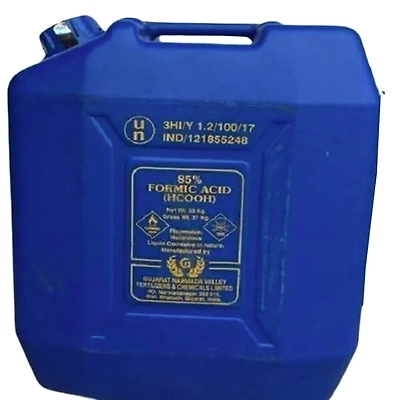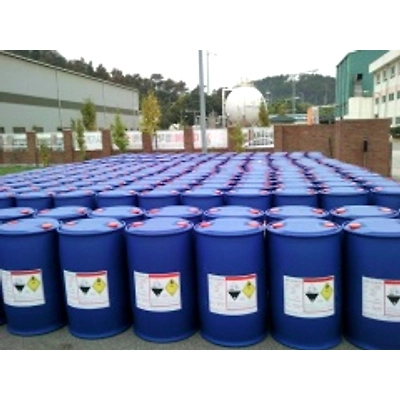Citric Acid
CITRIC ACID MONO ANHYDROUS
HS code 29181400
We are having Citric acid Monohydrate as well as anhydrous powder
Product Characteristics: White Crystalline Powders, Colorless Crystals or Granules
Executive Standards:BP/USP/FCC/E330/GB1886.235-2016
Packaging : plastic woven bag, 25kg net composite paper-plastic bags or 3-ply kraft paper bags with PE liner,500kg or 1000kg net PP woven Jumbo bags
Storage : kept in a light-proof, well-colsed,dry and cool place
Main Usage: Citric Acid is mainly used as acidulant, flavoring agent, preservative and antistaling agent in food and beverage industry, it is also used as antioxidant, plasticizer and detergent in chemical, cosmetics and cleaning industries.
Oxalic Acid
OXALIC ACID
HS Code oxalic acid 29171110
Oxalic acid is an organic compound with the formula Câ‚‚Hâ‚‚Oâ‚„. It is a colorless crystalline solid that forms a colorless solution in water. Its condensed formula is HOOCCOOH, reflecting its classification as the simplest dicarboxylic acid. Its acid strength is much greater than that of acetic acid.
Formula: C2H2O4
Molar mass: 90.03 g/mol
Conjugate base: Hydrogenoxalate
IDLH (Immediate danger): 500 mg/m3
UN number: 3261
Main hazards: corrosive
Oxalic Acid offered chemical is exceptional in terms of quality and made from high grade inputs sourced from a reliable vendor base. This chemical dissolves in water to give a colorless solution.
Oxalic acid-99.6%
It will using various application and consuming industries like
In pharmaceutical industry as a component or intermediate.
As a bleaching agent in textile industry.
In leather tanning.
As a precipitating agent in Rare Earths Industry.
In manufacturing of some of the dyes and other chemicals.
As a grinding agent in Tile manufacturing industry for polishing.
Waste water treatment.
Removing of paint and varnishes.
As an auto radiator cleanser.
As a disinfectant to control bacteria and germs
Available in 50 kg bag
Sulphuric Acid
SULPHURIC ACID
HS Code: 28070010
Description
Sulfuric acid (alternative spelling sulphuric acid), also known as vitriol, is a mineral acid composed of the elements sulfur, oxygen and hydrogen, with molecular formula H2SO4. It is a colorless, odorless, and syrupy liquid that is soluble in water, in a reaction that is highly exothermic.
Properties
Chemical formula: H2SO4
Molar mass: 98.079 g/mol
Appearance: Clear, colorless liquid
Odor: odorless
Density: 1.8302 g/cm3, liquid
Melting point: 10.31°C (50.56 °F; 283.46 K)
Boiling point 337°C (639 °F; 610 K) When sulfuric acid is above 300 °C (572 °F), it will decompose slowly
Solubility in water: miscible, exothermic
Vapor pressure: 0.001 mmHg (20 °C)
Acidity (pKa): −3, 1.99
Conjugate base: Hydrogen sulfate
Viscosity: 6.7 cP (20 °C)
Stearic Acid
STEARIC ACID
HS Code: 38231190
Chemical Formula: C18H36O2
Description
Stearic acid is a saturated fatty acid with an 18-carbon chain and has the IUPAC name octadecanoic acid. It is a waxy solid and its chemical formula is C17H35CO2H. The salts and esters of stearic acid are called stearates. As its ester, stearic acid is one of the most common saturated fatty acids found in nature following palmitic acid. The triglyceride derived from three molecules of stearic acid is called stearin.
Properties
Formula: C18H36O2
Molar mass: 284.48 g/mol
Boiling point: 361 °C
Density: 941 kg/m³
Appearance: White solid
Stearic Acid
We offer an exclusive range of Stearic Acid flame retardants that are formulated from best grades of chemicals. These are stringently tested on quality parameters testing for the accurate composition, effectiveness, pH value, purity etc.
Feature : White crystalline Powder/Flakes.
Applications
Cosmetics and chemical specialty
Textile auxillaries,Plastics, Cosmetics and Stearates
Activated calcium carbonate industry, Buffing compounds
Metal polishes and Metallic stearates.
Tyre rubber compounding
General rubber compounding.
Grease
HydroChloric Acid
Hydrochloric acid (HCl) is a strong, highly corrosive acid with a variety of industrial and laboratory applications. Here's a breakdown:
Chemical Composition: HCl is composed of hydrogen (H) and chlorine (Cl) atoms, in a 1:1 ratio. It's a binary acid, meaning it contains only two elements.
Physical Properties:
State: At room temperature, it's a colorless, highly pungent solution of hydrogen chloride gas dissolved in water.
Density: It's denser than water, with a density of about 1.18 g/cm³.
Boiling Point: It has a boiling point of around -85 degrees Celsius (-121°F).
Chemical Properties:
Acidity: Hydrochloric acid is highly acidic and is considered a strong acid. It dissociates completely in water, releasing hydrogen ions (H⁺) and chloride ions (Cl⁻).
Reactivity: It's highly reactive with metals, metal oxides, hydroxides, and carbonates, often producing chloride salts and water as reaction products. For instance, it reacts vigorously with many metals to produce hydrogen gas and the corresponding metal chloride.
Corrosiveness: Due to its strong acidity, it's highly corrosive to most metals and tissues, capable of causing severe burns upon contact.
Neutralization: It reacts with bases to form salts and water in neutralization reactions.
Applications:
Industrial Use: Hydrochloric acid is used in various industrial processes, such as metal cleaning and pickling, ore processing, and as a pH adjuster in water treatment.
Chemical Synthesis: It's utilized in the production of various chemicals like vinyl chloride for PVC, MDI/TDI for polyurethane, and other organic compounds.
Laboratory Applications: It's commonly used in laboratories for pH adjustment, chemical synthesis, and as a reagent in various chemical reactions.
Safety Precautions:
Due to its corrosive nature, handling hydrochloric acid requires caution. Protective equipment like gloves, goggles, and lab coats should be worn.
It should be stored in tightly sealed containers in a well-ventilated area away from incompatible substances.
Spills should be cleaned up with proper neutralizing agents and protective gear.
Hydrochloric acid is undoubtedly a potent substance with significant industrial and scientific applications, but its handling demands respect and proper safety measures.
Formic Acid
Formic Acid
HS Code: 29151100
Formula: HCOOH or HCO2H
Other Names: Carbonous acid, Formylic acid, Hydrogen carboxylic acid, Hydroxy(oxo)methane, Metacarbonoic acid, Oxocarbinic acid, Oxomethanol
Description
Formic acid, systematically named methanoic acid, is the simplest carboxylic acid. The chemical formula is HCOOH or HCO2H. It is an important intermediate in chemical synthesis and occurs naturally, most notably in some ants. The word "formic" comes from the Latin word for ant, formica, referring to its early isolation by the distillation of ant bodies. Esters, salts, and the anion derived from formic acid are called formates. Industrially formic acid is produced from methanol.
Properties
Formic acid is a colorless liquid having a pungent, penetrating odor at room temperature, not unlike the related acetic acid.
It is miscible with water and most polar organic solvents, and is somewhat soluble in hydrocarbons.
In hydrocarbons and in the vapor phase, it consists of hydrogen-bonded dimers rather than individual molecules.
Owing to its tendency to hydrogen-bond, gaseous formic acid does not obey the ideal gas law.
Solid formic acid (two polymorphs) consists of an effectively endless network of hydrogen-bonded formic acid molecules. This relatively complicated compound also forms a low-boiling azeotrope with water (22.4%) and liquid formic acid also tends to supercool.
Uses
A major use of formic acid is as a preservative and antibacterial agent in livestock feed.
Formic acid arrests certain decay processes and causes the feed to retain its nutritive value longer, and so it is widely used to preserve winter feed for cattle.
Formic acid is also significantly used in the production of leather, including tanning, and in dyeing and finishing textile because of its acidic nature.
Formic acid is also used in place of mineral acids for various cleaning products, such as limescale remover and toilet bowl cleaner. Some formate esters are artificial flavorings or perfumes.
Available in 30/ 50 Kgs Can
Nitric Acid
NITRIC ACID
HS CODE NO 28080010
We are having Nitric Acid 71% and 51 to 56%
Glacial Acetic Acid
Acetic acid is a colorless, pungent-smelling liquid chemical compound with the formula CH₃COOH. It's the main component of vinegar, and its uses include:
1. Food industry: As a food additive, preservative, and flavoring agent.
2. Chemical production: As a raw material for producing other chemicals, like plastics and adhesives.
3. Pharmaceuticals: As a solvent and in the production of certain medications.
4. Cleaning: As a natural cleaning agent and disinfectant.
5. Laboratory: As a reagent in chemical reactions and analyses.
Acetic acid is a weak organic acid, and its properties include:
- Corrosive and irritating to skin and eyes
- Flammable in high concentrations
- Soluble in water and many organic solvents
- Boiling point: 117.9°C (245°F)
- Melting point: 16.6°C (61.9°F)
Acetic acid, also known as vinegar when diluted, has a wide range of applications across various industries and everyday life. Here are some common uses:
1. Food Industry: Acetic acid is a key component in vinegar, which is used as a condiment, flavoring agent, and preservative in a variety of dishes and food products.
2. Chemical Industry: It serves as an important precursor in the production of various chemicals such as acetic anhydride, vinyl acetate monomer, and esters, which are used in the manufacture of adhesives, paints, coatings, and plastics.
3. Cleaning Products: Due to its antimicrobial properties, acetic acid is used in household cleaning products such as all-purpose cleaners and glass cleaners. It is effective in removing mineral deposits, grease, and grime.
4. Preservation: Acetic acid is a natural preservative and is commonly used in pickling and canning processes to prevent microbial growth and extend the shelf life of food products.
5. Medical Applications: In medicine, acetic acid is used in certain topical treatments, such as acetic acid otic solution for treating ear infections and as a component of some wound care products.
6. Textile Industry: Acetic acid is used in the textile industry as a solvent in the production of cellulose acetate, which is used to make fibers for textiles and films for photographic and motion picture applications.
7. Laboratory Use: It is utilized in laboratories as a solvent for various purposes, including chromatography and as a reagent in chemical synthesis.
8. Photography: Acetic acid is used in the development of photographic film and paper.
9. Herbicide: It is used in agriculture as a herbicide to control weeds.
10. pH Adjustment: Acetic acid is sometimes used to adjust the pH of solutions in laboratory settings or in industrial processes.





